Sustainability Initiatives
Sustainability initiatives are becoming a cornerstone of the Art and Museum Lighting Market. As environmental concerns gain prominence, many institutions are adopting eco-friendly lighting solutions that align with their sustainability goals. The transition to LED lighting not only reduces energy consumption but also lowers carbon footprints, making it an attractive option for museums aiming to enhance their green credentials. Recent reports indicate that approximately 70% of new lighting installations in cultural institutions are now LED-based, reflecting a significant shift towards sustainable practices. This trend is expected to continue, as institutions increasingly prioritize sustainability in their operational strategies.
Technological Advancements
The Art and Museum Lighting Market is experiencing a notable transformation due to rapid technological advancements. Innovations in LED technology, for instance, have led to the development of energy-efficient lighting solutions that not only reduce operational costs but also enhance the visual appeal of artworks. The integration of smart lighting systems allows for dynamic control over light intensity and color, which can be tailored to specific exhibits. According to recent data, the adoption of advanced lighting technologies is projected to grow at a compound annual growth rate of approximately 8% over the next five years. This trend indicates a shift towards more sophisticated lighting solutions that cater to the unique needs of art and museum spaces.
Growing Awareness of Art Preservation
The growing awareness of art preservation is significantly influencing the Art and Museum Lighting Market. As institutions become more cognizant of the detrimental effects of improper lighting on artworks, there is a concerted effort to implement lighting solutions that minimize damage. This includes the use of UV-filtering technologies and adjustable lighting systems that can adapt to the specific needs of different artworks. Recent studies indicate that nearly 60% of museums are prioritizing lighting as a critical factor in their preservation strategies. This heightened focus on art preservation is likely to drive demand for specialized lighting solutions that protect and enhance the longevity of valuable collections.
Rising Demand for Experiential Exhibitions
The trend towards experiential exhibitions is reshaping the Art and Museum Lighting Market. As museums and galleries seek to engage visitors in more interactive and immersive ways, the role of lighting becomes increasingly pivotal. Innovative lighting designs can create mood, highlight specific pieces, and guide visitor flow through exhibits. Data suggests that institutions investing in experiential design are seeing visitor numbers increase by up to 25%. This shift towards creating memorable experiences is likely to spur demand for advanced lighting solutions that can adapt to various themes and narratives, thereby enhancing the overall visitor experience.
Increased Investment in Cultural Institutions
Investment in cultural institutions is a driving force behind the Art and Museum Lighting Market. Governments and private entities are increasingly recognizing the value of art and culture, leading to enhanced funding for museums and galleries. This influx of capital often translates into renovations and upgrades, including the installation of state-of-the-art lighting systems. Recent statistics suggest that funding for cultural institutions has risen by nearly 15% in the past year, reflecting a growing commitment to preserving and showcasing art. As institutions strive to create immersive experiences for visitors, the demand for high-quality lighting solutions is expected to rise, further propelling the market.

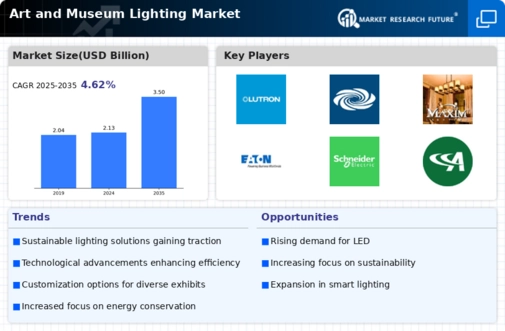
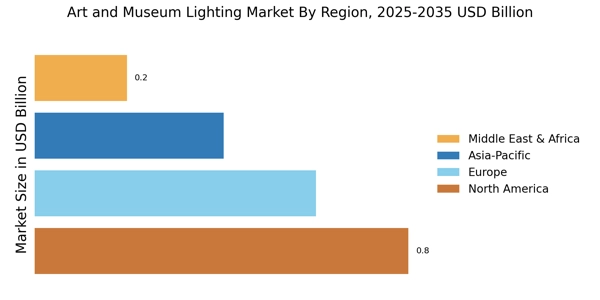
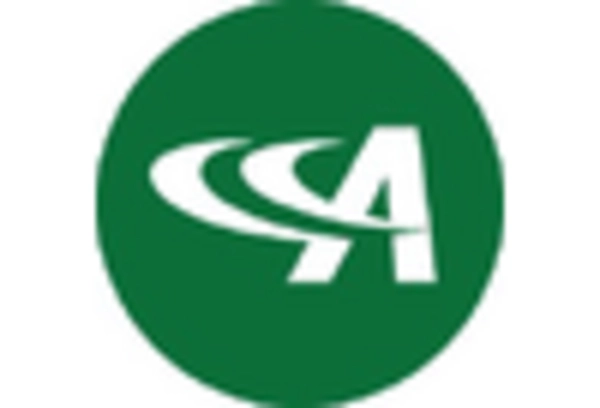
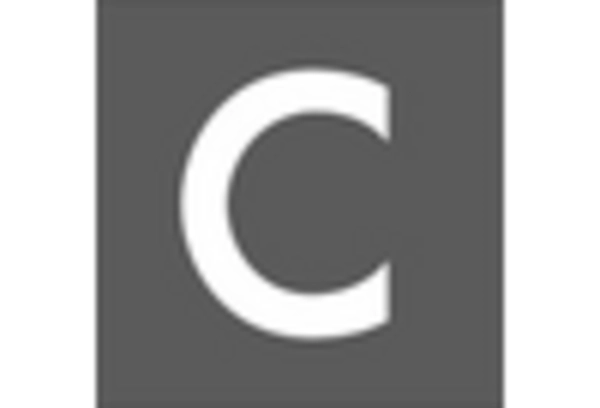
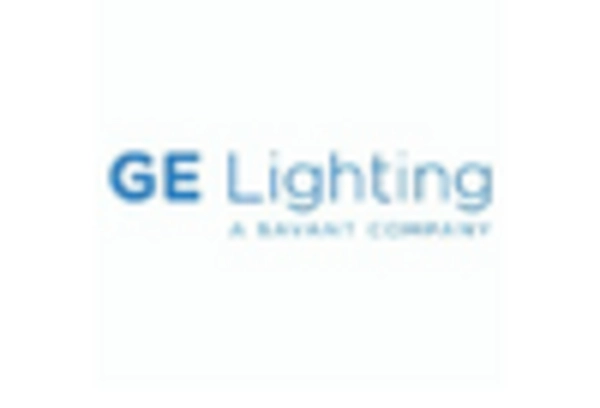
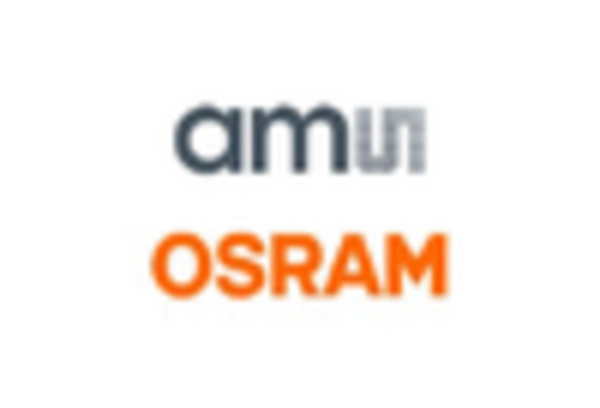

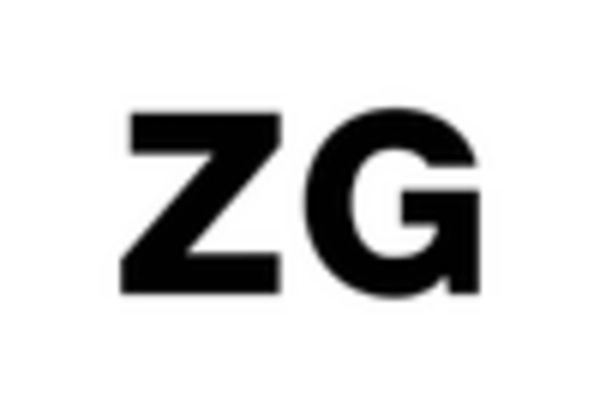








Leave a Comment